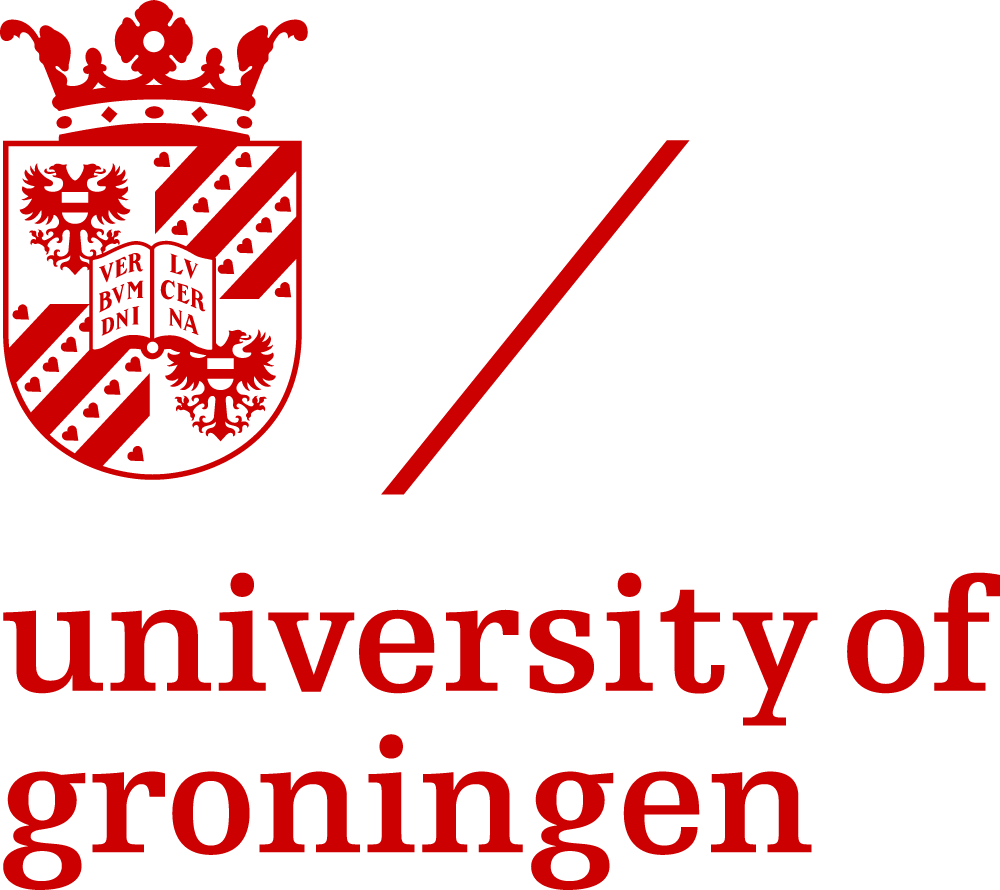
In this post I want to draw the attention to Dr. Brice Jones’ fine PhD thesis submitted
to Concordia University in July last year, “New Testament Texts on Greek Amulets from Late Antiquity.”
A revised version of the thesis will be published in 2016 (publication date 24 March) by
T&T Clark/Bloomsbury in the LNTS series. Significantly, the published version will include high-resolution colour images of all the 24 amulets (except one).
The first chapter contains an introduction and survey of scholarship. In the second chapter, Jones discusses terminology and criteria. In both of these chapters I note that he has made good use of co-blogger Peter Head’s essay on “Additional Greek Witnesses to the New
Testament (Ostraca, Amulets, Inscriptions, and Other Sources).” In chapter 3, he describes his method of textual analysis, and I note with gratitude that he has found my work in this area useful (as well as my publications on amulets no. 16 and 24 below). The fourth chapter is the core of the dissertation, where he analyzes 24 amulets on papyri or parchment from Egypt (dating from 3d-8th centuries). He excluded amulets on ostraca or wooden tablets, and those consisting only of Gospel titles
or incipits, since this latter category has been treated extensively by Joseph E. Sanzo,
Scriptural Incipits on Amulets from Late Antique Egypt: Text,
Typology, and Theory (STAC 84; Tübingen: Mohr Siebeck, 2014).
I have compiled a list of the 24 amulets treated in detail in the fourth chapter, 21 of which are not registered in the official list of Greek New Testament MSS:
1. MATT. 4:23-24
P.Oxy. 8.1077
2. MATT. 4:23 || INCIPITS || JOHN 1:1 || PS. 17:3, 90:1, 117:6-7 || TRINITARIAN FORMULA ||
PROTECTIVE INCANTATION
BKT 6.7.1
3. MATT. 4:23/9:35 || MATT. 8:15/MARK 1:31 || CREEDAL FORMULAE || PRAYER FOR HEALING
P.Turner 49
4. MATT. 6:9 || JOHN 1:23 || INCIPITS || PS. 90:1 || DOXOLOGY
PSI 6.7195
5. MATT. 6:9, 11 || PS. 90:1-2 || HEALING INCANTATION || SANCTUS
P.Princ. 2.107
6. MATT. 6:9-13 || LUKE 9:37?; 11:1b-2 || DOXOLOGY || PS. 90:13 || EXORCISM OF SOLOMON ||
PROTECTIVE INCANTATION
P.Iand. 1.6
7. MATT. 6:9-13 || DOXOLOGY || PS. 90 || PS. 91 HEADING
P.Duke inv. 778
8. MATT. 6:4-6, 8-12
P.Col. 11.293
9. MATT. 6:9-13
P.CtYBR inv. 4600
10. MATT. 6:9-13 || DOXOLOGY || INCIPITS || CREEDAL FORMULAE
|| PRAYER FOR DELIVERANCE
BGU 3.954
11. MATT. 6:9-13 || DOXOLOGY || 2 COR. 13:13? || PS. 90:1-13
P.Schøyen 1.16
12. MATT. 6:10-12
P.Ant. 2.54
13. MATT. 6:11-13
P.Köln 8.336
14. MATT. 6:12-13 || DOXOLOGY || SANCTUS
P.Köln 4.171
15. MATT 27:62-64; 28:2-5
P.Oxy. 64.4406 (GA P105)
16. MARK 1:1-2 || INSTRUCTION TO READER
P.Oxy. 76.50731
17. JOHN 1:1, 3 || INCANTATION || PRAYER FOR HEALING
P.Oxy. 8.1151
18. JOHN 1:1-11 || HEALING INCANTATION
P.Köln 8.340
19. JOHN 1:5-6 || PRAYER FOR PROTECTION
P.Vindob. G 29831
20. JOHN 1:29, 49 || DIALOGUE BETWEEN JESUS AND NATHANAEL
P.Berl. inv. 11710
21. JOHN 2:1a-2 || ROM. 12:1-2 || PS. 90:1-2
P.Vindob. G 2312
22. 2 COR. 10:4 || 1 THESS. 5:8/EPH. 6:16
P.Vindob. G 26034 + 30453
23. 1 TIM. 1:15-16
P.Berl. inv. 13977 (GA 0262)
24. JUDE 4-5, 7-8
P.Oxy. 34.2684328 (GA P78)
In the fifth and final chapter Jones draws conclusions and sums up the results. In relation to the textual character of the 24 amulets, described according to Alands’ categories, he concludes that 37% exhibit a “strict text;” 8% “at least normal;” 12% “normal;” 29% “free;” and, finally, 16% “uncertain.” This result suggests that, although three of them are areadly included in the official list of New Testament manuscripts (P78, P105, and 0262) and cited in the apparatus, many more are significant for New Testament textual criticism.
Abstract
New Testament Texts on Greek Amulets from Late Antiquity and Their Relevance for Textual Criticism
This dissertation examines New Testament citations on all Greek papyrus
and parchment amulets from late antique Egypt. Since New Testament
textual criticism does not allow for the inclusion of non-continuous
manuscripts (of which amulets are a part) in the official catalogue of
manuscripts, a large body of textual evidence has fallen outside the
purview of scholars. This dissertation, which constitutes the first
systematic treatment of non-continuous manuscripts, seeks to remedy the
situation in part by determining the ways in which New Testament texts
on amulets may be useful for textual criticism.
This
dissertation has three main objectives. The first objective is to define
more closely the categories of continuous and non-continuous by
formulating criteria for the identification of the latter. The second
objective is to propose a method for analyzing the texts of
non-continuous artifacts in terms of their text-critical value. The
third objective is to establish a comprehensive database of one category
of non-continuous artifacts (amulets) and provide a detailed analysis
of both their texts and containers (i.e., physical manuscripts).
By
analyzing a largely untapped source of New Testament textual data, this
project contributes to a methodological question in textual criticism
concerning its categories and provides a wealth of source material for
the study of the reception of the Bible in early Christianity. Thus,
while the study is targeted at textual critics, it contributes to a
conversation about early Christianity that is much larger than the
project, as these texts demonstrate the various ways in which early
Christians used scripture.
Open access to the dissertation from Concordia University Spectrum Research Repository
here.
If you want to hear Brice’s own words about this academic journey you can
listen to two interview episodes by Inquisitive minds podcast
here and
here.
At present, Brice is Assistant Director of Media Relations, at the University of Louisiana at Monroe. We can all hope that he will continue to do research in the future. His
track record is indeed excellent, as reflected in the fact that he got fifteen articles, including many editions of papyri, published already as a PhD student.










